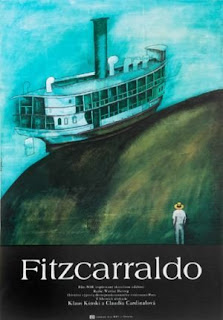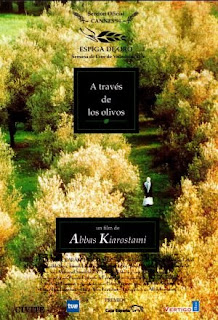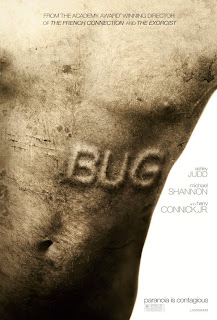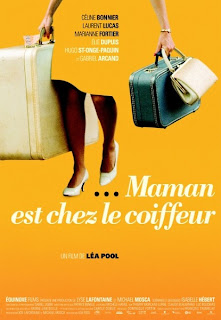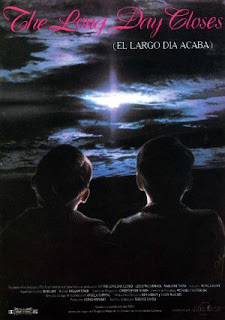Rainbow Cinema: Coraline (Selick, 2009)
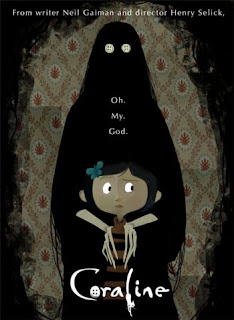 I liked how simple the story was, but I left the theatre empty-handed with this (unless I win the Dunks!). I thought that the animation was beautiful, it seemed to run at a different frame rate than the 24 frames of the film, and it made it look slightly choppy, which I thought was charming given the latest pristine animation of Pixar and Dreamworks. Not as instantly appealing to goths and hipsters as The Nightmare Before Christmas, Coraline had the same effect on me as Nightmare minus the catchy songs. The film takes a bit of time to get going, allowing me to experience life with Coraline and her parents before the creepiness is attempted. Coraline crawls through a rabbit hole in her house that flips her world into her ideal version of her reality, except that her parents and friends have buttons for eyes (I think many will say it is Alice in Wonderland meets David Lynch). I should note that my screening, for whatever reason, didn’t show the film in 3D, so I didn’t experience any scares that occur in the film because of objects or people flying off of the screen at the audience. I’d was looking forward to the film being in 3D, as it would have been my first feature film experience with that technology. I’m skeptical and critical of the practice despite never experiencing it, especially when it is applied to films made without 3D in mind. But I think I remember hearing that this film was designed for 3D. But, as I didn’t get to see the film in 3D, I cannot speak for the audience that did, and this film wasn’t scary or creepy or unsettling, and was kind of lame during its attempts.
I liked how simple the story was, but I left the theatre empty-handed with this (unless I win the Dunks!). I thought that the animation was beautiful, it seemed to run at a different frame rate than the 24 frames of the film, and it made it look slightly choppy, which I thought was charming given the latest pristine animation of Pixar and Dreamworks. Not as instantly appealing to goths and hipsters as The Nightmare Before Christmas, Coraline had the same effect on me as Nightmare minus the catchy songs. The film takes a bit of time to get going, allowing me to experience life with Coraline and her parents before the creepiness is attempted. Coraline crawls through a rabbit hole in her house that flips her world into her ideal version of her reality, except that her parents and friends have buttons for eyes (I think many will say it is Alice in Wonderland meets David Lynch). I should note that my screening, for whatever reason, didn’t show the film in 3D, so I didn’t experience any scares that occur in the film because of objects or people flying off of the screen at the audience. I’d was looking forward to the film being in 3D, as it would have been my first feature film experience with that technology. I’m skeptical and critical of the practice despite never experiencing it, especially when it is applied to films made without 3D in mind. But I think I remember hearing that this film was designed for 3D. But, as I didn’t get to see the film in 3D, I cannot speak for the audience that did, and this film wasn’t scary or creepy or unsettling, and was kind of lame during its attempts.
I do applaud the naked old women on the trapeze, though. All of the kids at my screening gasped at what could have been the largest breasts proportioned to any woman that they had ever seen in their lives, commando save for the nipples. These two women were a couple of the better characters in the film, but their dogs were even better. The women collected scottish terriers that they stuffed and gave wings when they died. The dogs were dopey and drunk on something and very cute. I laughed.
But anyway, Coraline is pretty harmless and inoffensive, and it borrows too much from Alice in Wonderland, and has a muddled final act. Coraline wasn’t a very good protagonist, and none of the supporting characters really left a lasting impression on me. I support the stop-motion animation, though. It is nice to have variety in animated features so that children don’t become too reliant on the technology as a standard for their entertainment. If the characters and story were as developed as some of Pixar’s or early Disney films, it would have been great.
Rainbow Cinema: Coraline (Selick, 2009) Read More »

